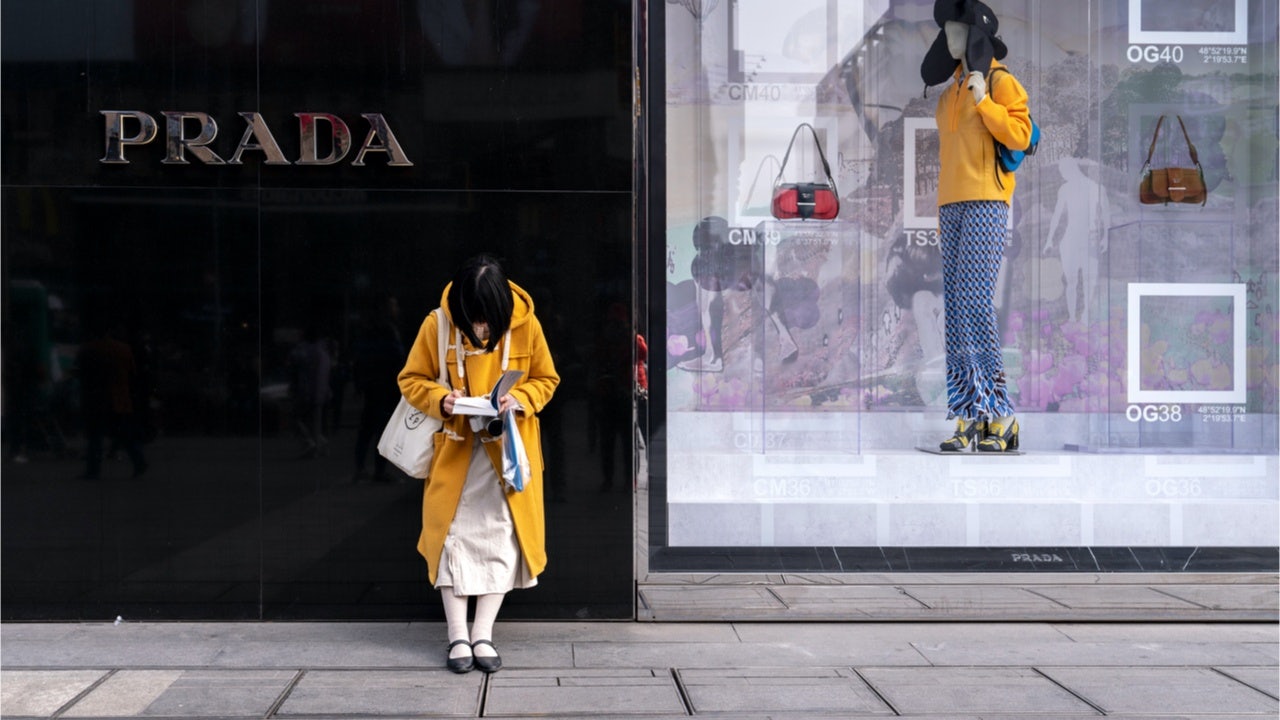Following a difficult summer for luxury brands in the Greater China region, this month all eyes were on China to see what kind of impact a slowing economy, ongoing trade war, and a much-publicized 70th-anniversary celebration would have on consumer spending during the Golden Week holiday. With results coming in, it appears to be a murky picture, with signs that domestic spending is recovering somewhat while overseas spending is down.
According to CNBC, Chinese tourist sites recorded 782 million visits during Golden Week, a rise of more than 7 percent over last year. While this is a decent stat, it shows a slower rate of year-over-year growth than seen in 2018 (9 percent) or 2017 (10 percent). A similarly positive, but slower, rate of growth was seen in retail and food and beverage sales from October 1-7, with a rise of 8.5 percent, down from 10 percent or higher in recent years.
As Ting Lu, Nomura’s chief China economist put it, these tepid results “point to a slowdown,” adding, “As China’s economy has become increasingly reliant on consumption to drive its growth, data from ‘golden weeks’ have become a good barometer of China’s consumption growth trend.”
This is less-than-stellar news for major brands hoping to see a rebound in domestic spending make up for less enthusiastic outbound tourist-shopper activity in 2019. But perhaps more concerning for these brands are the muddy waters surrounding Chinese outbound spending trends during Golden Week.
Official data sources released this week gave conflicting signs about travel and spending, meaning either “a few million more” traveled abroad during Golden Week compared to last year, or these trips fell by more than 10 percent.
According to China’s Ministry of Culture and Tourism, more than 7 million tourists traveled abroad during this year’s Golden Week, up from a little under 7 million last year. But the National Immigration Administration said that border entries and exits of mainland Chinese citizens dropped 15.1 percent from last year to just a touch over 6 million. Even if you split the difference, it’s clear that this year saw a lackluster result for travel and spending both inside and outside of China.
This is a bad sign for the fourth quarter of the year and definitely bad news for major luxury brands and retailers outside of China that perhaps were waiting for Chinese tourist arrivals to rebound after a difficult first three quarters of the year. (Which, admittedly, was more difficult for some brands than others.)
While Golden Week results are by no means the definitive indication of what will happen in 2020, unless something changes to substantially increase consumer confidence, it’s likely that the majority of outbound spending on luxury, in particular, will be done by “regulars” who are either based overseas or travel there regularly regardless of domestic Chinese economic conditions. It’s the new customers, overseas students, and holiday travelers, who are most likely to dry up in the near to medium term — undoubtedly causing some headaches for major retailers hoping to end 2019 on a high note.


